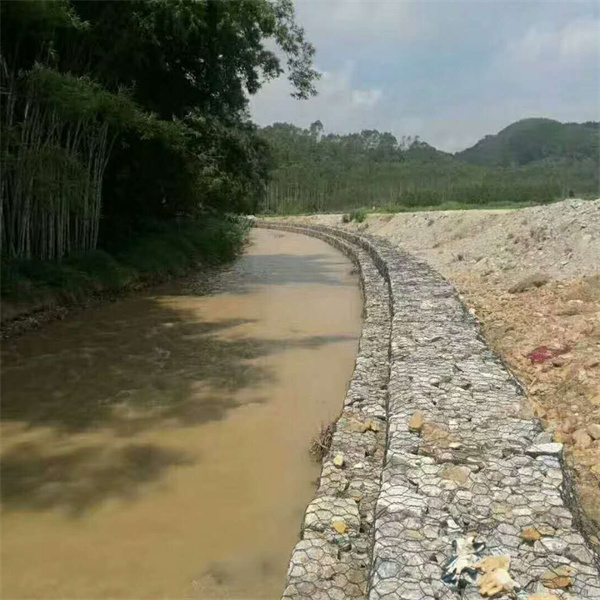វិច្ឆិកា . 24, 2024 06:30 Back to list
gabion shoreline protection
Gabion Shoreline Protection A Sustainable Solution for Coastal Erosion
Coastal erosion has become a significant environmental concern globally, with numerous regions experiencing detrimental impacts on their shorelines due to natural forces and human activities. To mitigate these effects, gabion structures have emerged as a sustainable and effective solution for shoreline protection. By understanding how gabions work and their numerous benefits, communities can better address the challenges posed by coastal erosion.
Gabion Shoreline Protection A Sustainable Solution for Coastal Erosion
One of the primary advantages of using gabions for shoreline protection is their environmental compatibility. Unlike traditional concrete seawalls, which can have harmful effects on marine ecosystems, gabions allow for natural water flow and promote sediment deposition. This adaptability makes them not only effective in erosion control but also beneficial for wildlife, as they provide habitats for various species, such as fish, crabs, and other marine organisms. Over time, the rocky surfaces of gabions can become colonized by algae and other sea life, further enhancing their ecological value.
gabion shoreline protection

In addition to their ecological benefits, gabion structures are cost-effective and relatively easy to install. The materials required for constructing gabions—such as wire mesh and local stones—are widely available, which can significantly reduce construction costs. Furthermore, the installation process is less invasive than that of concrete alternatives, aligning better with sustainability principles. Communities can often implement gabion projects with local resources and labor, providing economic benefits as well.
Another significant benefit of gabion structures is their durability and resilience. Properly designed and installed gabions can withstand harsh coastal conditions, including strong waves, storm surges, and shifting soil. Unlike rigid structures that may crack or break under pressure, gabions can adapt to changing environmental conditions and gradually settle into place. This flexibility enhances their longevity, making them a reliable choice for shoreline protection.
Ultimately, the implementation of gabion structures requires careful planning and consideration of local environmental conditions. Each shoreline presents unique challenges; thus, it is essential to engage coastal engineers and ecologists in the design process. Community involvement is also crucial, as local stakeholders can provide insights into the specific needs and concerns of the area.
In summary, gabion shoreline protection offers a sustainable, effective, and cost-efficient solution for combating coastal erosion. By harnessing the natural power of local materials and fostering ecological resilience, gabions can play a pivotal role in preserving the integrity of our shorelines. As coastal communities continue to grapple with the effects of climate change and rising sea levels, integrating gabion structures into their erosion management strategies may prove to be a vital step toward safeguarding their futures.
-
HESCO Gabion Baskets for Coastal Erosion Prevention
NewsAug.22,2025
-
Longevity and Durability of River Rock Gabion Walls
NewsAug.22,2025
-
How to Integrate Gabion 3D Walls in Urban Planning
NewsAug.22,2025
-
Reno Mattress Gabion Applications in Civil Engineering
NewsAug.22,2025
-
How to Install Wire Mesh for Gabion Baskets Properly
NewsAug.22,2025
-
Best Materials for Filling a Chain Link Gabion
NewsAug.22,2025
-
Wire Mesh Thickness Impact on Gabion Wall Load Bearing
NewsAug.12,2025






